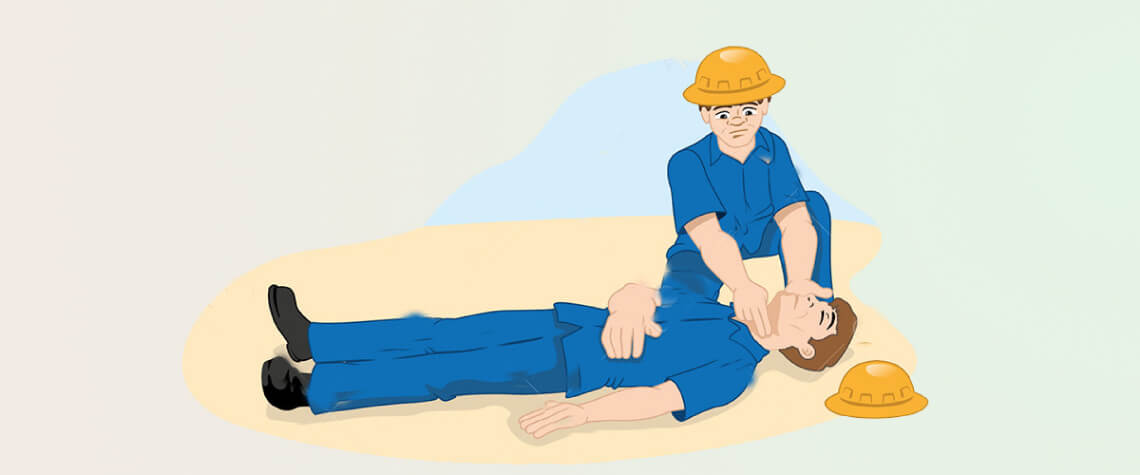
Important first aid procedures
First aid training is an important learning for all the age groups. Very few people show the interest to have knowledge on such areas as most of us think this is to be learnt only by people who are connected with the medical field. But it is not true, a few simple steps and procedures which all of us being in any profession should know and learn so we can handle a situation which arises without any warnings or alarms. Lives need to be saved at the critical time, so a helping hand at such times is very crucial. Every single minute during the emergency situation is important.
There are few steps that can be done before the medical team arrives to the location or till the patient is shifted to the nearby hospital or clinic.
Few conditions have been explained here:
Abdominal pain - Rest the patient in the position in which they are comfortable. Do not give the patient anything to eat or drink.
Minor burns - Soak the wound area in cold water. Do not use creams, ice or butter. Protect the burn by covering it with non-adhesive bandage.
Chest pain – Rest the patient in the position in which they are comfortable. It is better if you make the patient to sit upright. Aspirin can be given under the tongue, If the patient is an adult and if he is not allergic to aspirin. Try to keep the patient calm. Do not give anything orally.
Convulsions/Seizures – Look around if the person is in the dangerous area. Clear the zone to keep the patient from harming themselves. Do not try to hold them still. Try to avoid tongue bite and if possible turn the person to one side to avoid aspiration.
Bleeding - Bleeding from cuts and grazes can be controlled by elevating the wound and applying pressure.
Drowning - Check if the person is breathing or not. Perform pulse check for 10 seconds and if there is no pulse then start CPR if you’re trained to do so. Off chance you are being guided by a crisis medicinal dispatcher
Suffocating – If the patient is not breathing, start the means of CPR on the off chance that you are prepared to do as such or on the off chance that you are being guided by an emergency medical dispatcher.
Electric Shock – Separate the person from electrical source. Begin the steps with CPR, if the person is not breathing. Check for other injuries and call for medical help immediately.
Suspected broken bones or disengaged joints – Keep the injured body part from moving. This may ease the pain and protect from further damage.
Nosebleed – Keep head tilted forward. Think about applying ice pack to nose or the back of the patient's neck.


